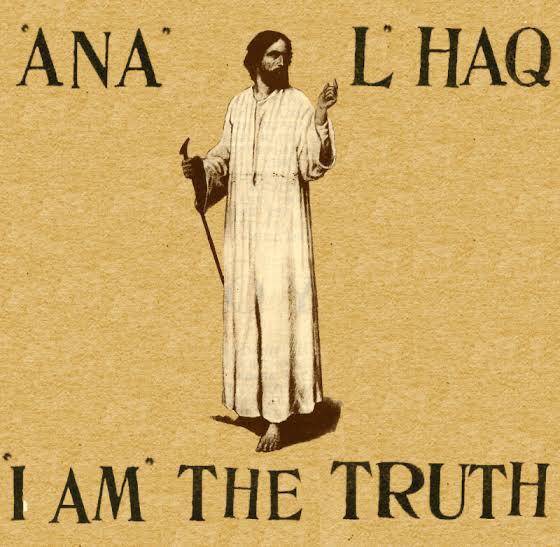
Raja Masroor Hussain writes about the unique qualities of Urdu fiction writing and how most of it comes from oral traditions like 'dastaan goi'. Novel and short story writing are largely adopted genres in Urdu. They have been borrowed from the western sensibility. However, Urdu never lacked the wisdom of oral tradition.
Dastan was original to Urdu sensibility and creative urge, which was narrated by the professional Dastan-go or story-tellers. Urdu Dastan was written down and published in the 19th Century. One basic distinction between Urdu and other national languages of Pakistan is that the Urdu oral tradition of Dastan-goi or storytelling was exclusively for the entertainment of aristocracy, whereas the folk tradition of other national languages of Pakistan was exclusively meant for the public recitals and the entertainment of the masses. But the fictional possibility of Urdu to personify abstract ideas into characters with unique identity and individuality was far superior to the western novel and short story.
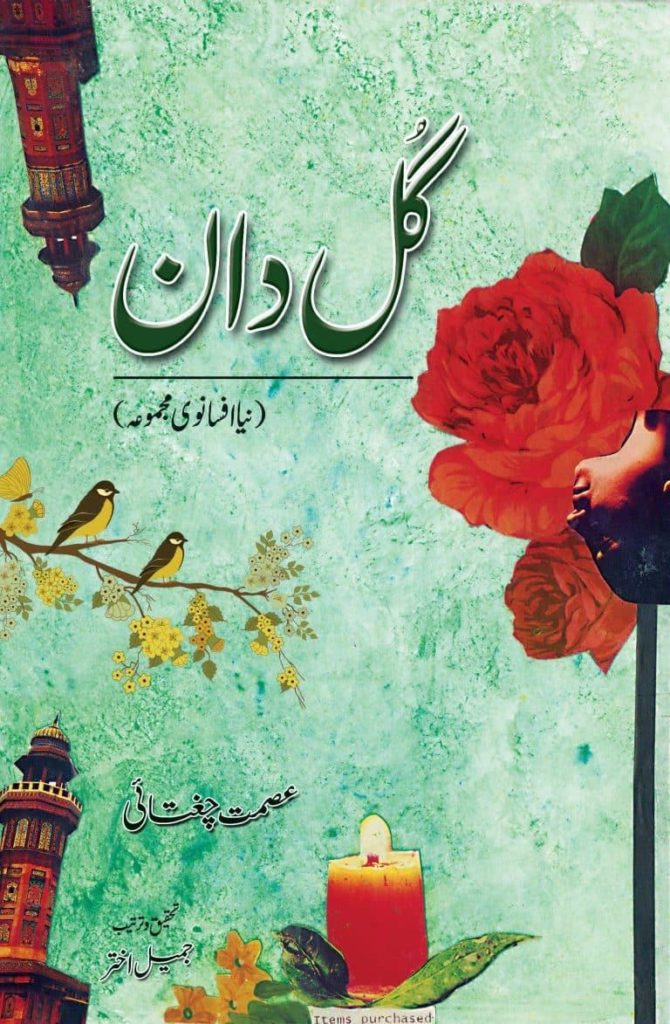
The first Urdu novel containing a well constructed and coherent plot, characters, and dialogues full of humour, wit, and subtlety was written by Mirza Muhammad Hadi Ruswa in 1899, the famous Umrao Jaan Adaa. Subsequently, Munshi Premchand appeared on the literary landscape as the first professionally dedicated short story writer of Urdu. Munshi Premchand lived through the time span of 1880-1936. The overriding ethos of his time was the moral reform & redress of society but somehow he managed to establish some notion of his fiction’s autonomy. His core contribution to the literature is that he nurtured the short story to emerge as an independent narrative in the creative realm of Urdu.
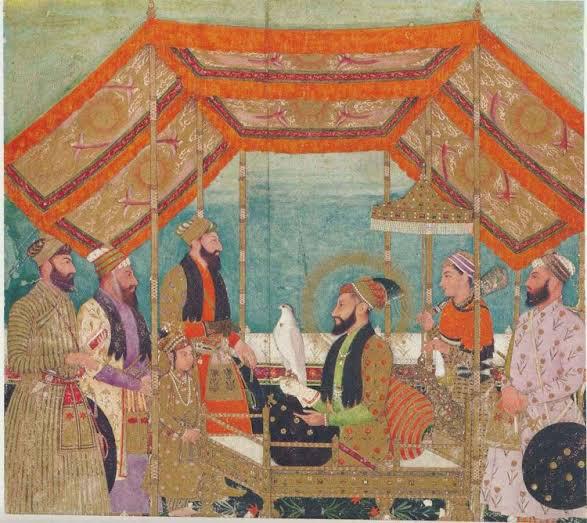
Be it Toba Tek Singh by Saadat Hassan Manto, The Shepherd by Ashfaq Ahmed, Banished by Jamila Hashmi, Beyond the Fog by Quratulain Hyder, Baagh by Abdullah Hussain or The Back Room by Intizar Hussain, the vivid imagination of the authors will imprint itself indelibly on your sensibility and consciousness but simultaneously, reading them is extremely sad & melancholic as the vivid descriptions in their work grows on you.
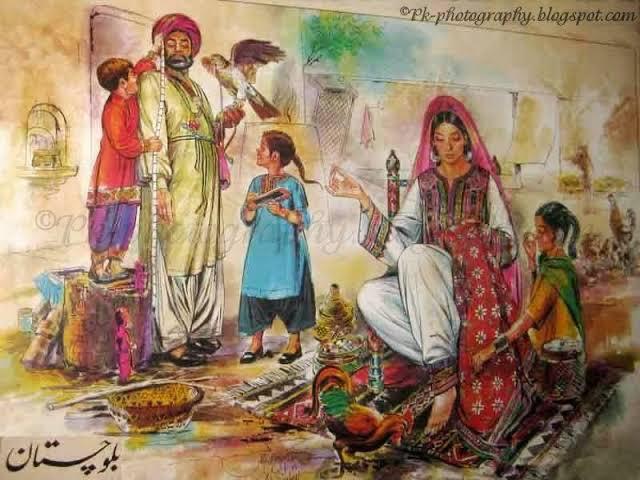
Like in Ismat Chughtai’s story “Zahar ka Piyala” a destitute female domestic worker agrees to offer nursing services to a baby of a rich family in order to sustain her livelihood. Her job is to nurse and take care of a little girl, but in doing so she is left with no milk for her own son. As time passes by the little girl grows healthier and her own son turns too weak for lack of nursing by his mother which causes his death.
The story in “Raja Gidh” by Bano Qudsia begins at a college in Lahore with its fascinating characters Seemi Shah, Aftab and Qayum attending sociology class. Seemi Shah was a charmingly liberal girl who was cherished by most of the college fellows including their Sociology professor.
Seemi fell in love with Aftab who hailed from a Kashmiri family. When she proposed him for marriage, he declined as his family would never approve of his desire to get married outside family.
So the long story of separation starts when Aftab left Seemi to marry his cousin. After this incident Seemi was emotionally broken and discontinued college and education, Qayum tried so hard to console her grief, but failed.
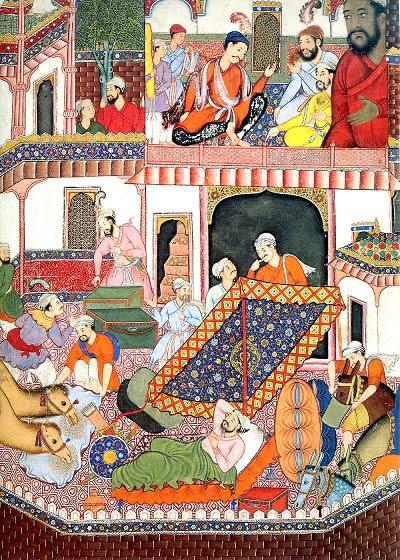
Abdullah Hussain’s “Baagh” is a story of strong desire and love. Living life with an ailment and questioning everything. It is also about getting caught for alleged murder and horrible police torture. Bagh is about Asad who is obsessed with an idea of tiger hunting, a kind of person whose mind is constantly trying to join the dots of things happening in his life. He reflects over everything, he is suffering from a breathing disease that takes him to a Hakeem. This is where he falls in love with Hakeem’s daughter Yasmeen. Such love is an unexpected rollercoaster of emotions.
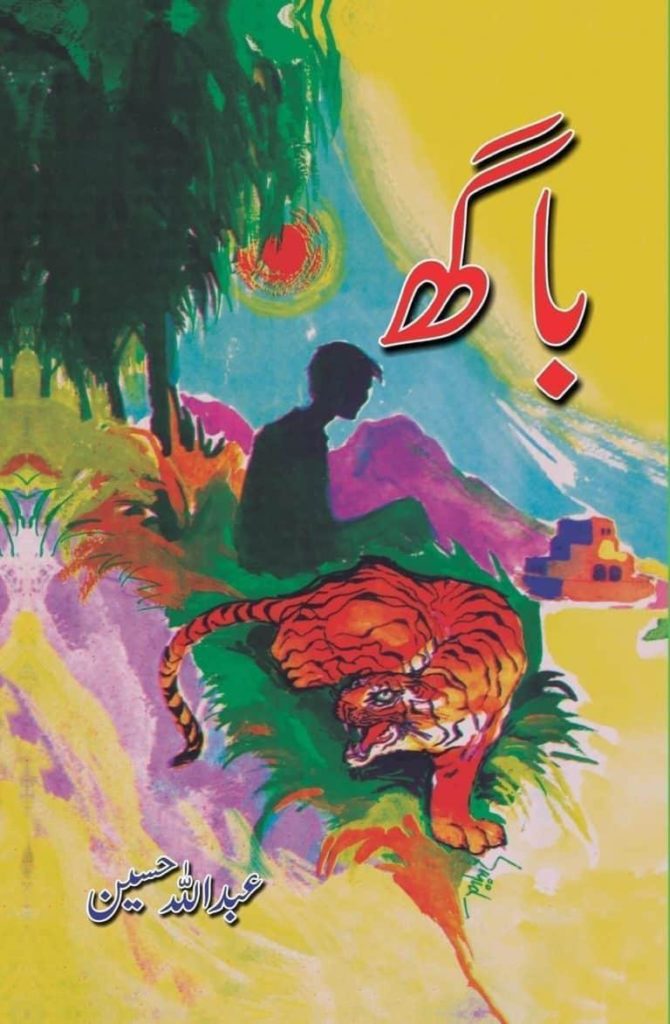
And as in “Dasht-e-Soos” by Jamila Hashmi reveals an awe-inspiring aspect of Hallaji sensibility wherein temporal love flows into the transcendental passion. Hallaj saw Aghul Ghaimish only once and fell in love with her. The sight of this woman blew like breeze in the fertile fields of passion within Hallaj. But it also ignited a flame within him. In fact, Aghul Ghaumish inspired Hallaj to utter “Ann-al Haq”. The journey started with Aghul Ghaimish and ended with every bit of Hallaj’s body.
Dastan was original to Urdu sensibility and creative urge, which was narrated by the professional Dastan-go or story-tellers. Urdu Dastan was written down and published in the 19th Century. One basic distinction between Urdu and other national languages of Pakistan is that the Urdu oral tradition of Dastan-goi or storytelling was exclusively for the entertainment of aristocracy, whereas the folk tradition of other national languages of Pakistan was exclusively meant for the public recitals and the entertainment of the masses. But the fictional possibility of Urdu to personify abstract ideas into characters with unique identity and individuality was far superior to the western novel and short story.

The first Urdu novel containing a well constructed and coherent plot, characters, and dialogues full of humour, wit, and subtlety was written by Mirza Muhammad Hadi Ruswa in 1899, the famous Umrao Jaan Adaa. Subsequently, Munshi Premchand appeared on the literary landscape as the first professionally dedicated short story writer of Urdu. Munshi Premchand lived through the time span of 1880-1936. The overriding ethos of his time was the moral reform & redress of society but somehow he managed to establish some notion of his fiction’s autonomy. His core contribution to the literature is that he nurtured the short story to emerge as an independent narrative in the creative realm of Urdu.

Be it Toba Tek Singh by Saadat Hassan Manto, The Shepherd by Ashfaq Ahmed, Banished by Jamila Hashmi, Beyond the Fog by Quratulain Hyder, Baagh by Abdullah Hussain or The Back Room by Intizar Hussain, the vivid imagination of the authors will imprint itself indelibly on your sensibility and consciousness but simultaneously, reading them is extremely sad & melancholic as the vivid descriptions in their work grows on you.

Like in Ismat Chughtai’s story “Zahar ka Piyala” a destitute female domestic worker agrees to offer nursing services to a baby of a rich family in order to sustain her livelihood. Her job is to nurse and take care of a little girl, but in doing so she is left with no milk for her own son. As time passes by the little girl grows healthier and her own son turns too weak for lack of nursing by his mother which causes his death.
The story in “Raja Gidh” by Bano Qudsia begins at a college in Lahore with its fascinating characters Seemi Shah, Aftab and Qayum attending sociology class. Seemi Shah was a charmingly liberal girl who was cherished by most of the college fellows including their Sociology professor.
Seemi fell in love with Aftab who hailed from a Kashmiri family. When she proposed him for marriage, he declined as his family would never approve of his desire to get married outside family.
So the long story of separation starts when Aftab left Seemi to marry his cousin. After this incident Seemi was emotionally broken and discontinued college and education, Qayum tried so hard to console her grief, but failed.

Abdullah Hussain’s “Baagh” is a story of strong desire and love. Living life with an ailment and questioning everything. It is also about getting caught for alleged murder and horrible police torture. Bagh is about Asad who is obsessed with an idea of tiger hunting, a kind of person whose mind is constantly trying to join the dots of things happening in his life. He reflects over everything, he is suffering from a breathing disease that takes him to a Hakeem. This is where he falls in love with Hakeem’s daughter Yasmeen. Such love is an unexpected rollercoaster of emotions.

And as in “Dasht-e-Soos” by Jamila Hashmi reveals an awe-inspiring aspect of Hallaji sensibility wherein temporal love flows into the transcendental passion. Hallaj saw Aghul Ghaimish only once and fell in love with her. The sight of this woman blew like breeze in the fertile fields of passion within Hallaj. But it also ignited a flame within him. In fact, Aghul Ghaumish inspired Hallaj to utter “Ann-al Haq”. The journey started with Aghul Ghaimish and ended with every bit of Hallaj’s body.
